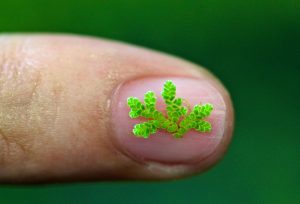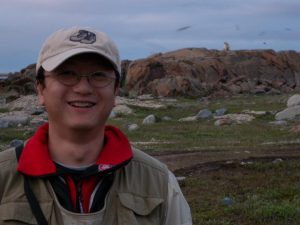
*The field of synthetic biology, designing and building engineered biological systems through DNA synthesis and genetic engineering, is rapidly moving to a genome scale. In a similar trajectory to genomic sequencing and genome projects two decades ago, it has moved from engineering single genes, entire synthetic bacterial genomes (J Craig Venter’s notorious “Synthia”), to the eukaryotic organism stage.







